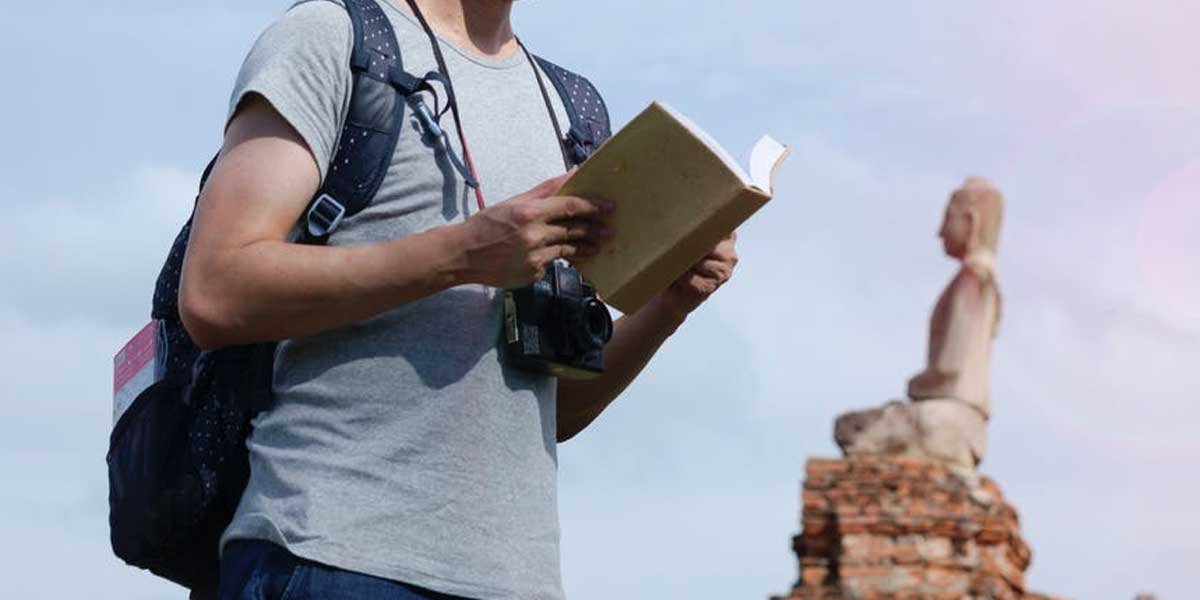Travel is easier, safer, and more enjoyable when you pack the right things. Whether you’re headed on a weekend city break, a multi-week backpacking trip, or a business journey, a thoughtful packing list keeps stress low and flexibility high. Below is a practical, no-nonsense guide to the essential material every traveler should consider — organized so you can quickly pick what fits your trip and style.
Documents & Money
Start with the things you absolutely can’t replace on the road. Carry a passport (with photocopies stored separately), any required visas, and an ID card. Print or screenshot confirmations for flights, accommodations, and transfers; keep them in an easy-to-reach folder or in an app that works offline. Bring at least two payment options: a primary credit/debit card and a backup (another card or some local currency). A slim travel wallet or money belt helps protect valuables and reduces fumbling at security or customs.
Clothing & Footwear
Choose versatile items that layer well. A basic formula is: 2–4 tops, 1–2 bottoms, underwear for each day (or plan for laundry), a lightweight sweater, and a packable rain jacket. Neutral colors and pieces that mix-and-match let you create multiple outfits with fewer items. Pick footwear based on the activity: comfortable walking shoes for sightseeing, sandals for warm climates, and one dressier pair if you have formal plans. Roll clothes to save space and reduce wrinkles; use packing cubes to stay organized and speed up laundry sorting.
Carry-on Essentials
Your carry-on should contain critical and comfort items: travel documents, phone, charger, a lightweight power bank, a pair of headphones, a small snack, and a reusable water bottle (empty through security). Include changes of underwear and a spare shirt in case checked luggage is delayed. If you take medications or valuable electronics, keep them in your carry-on. Small additions like a sleep mask, earplugs, and a neck pillow can transform long flights or overnight trains from misery to manageable.
Health & Hygiene
A compact toiletry kit is vital. Bring travel-sized basics: toothpaste, toothbrush, shampoo, deodorant, and any skincare you use daily (sunblock is essential). Pack a small first-aid kit with adhesive bandages, antiseptic wipes, pain relievers, and blister plasters. If you take prescription medications, bring enough for the trip plus a few days’ extra, and keep prescriptions or a doctor’s note handy. Hand sanitizer and disinfectant wipes remain useful for planes and public transport. For longer trips, consider a few laundry soap sheets or a travel-sized detergent for hand-washing small items.
Tech & Accessories
A reliable phone and charger are travel essentials. Add a universal travel adapter (or a small set of plug adapters for your destinations) and a power bank with enough capacity to charge your phone at least once more. Bring headphones that fold or are compact, and a lightweight charger cable organizer to avoid tangles. If you carry a camera, extra batteries and memory cards are a must. A compact Bluetooth tracker for luggage or keys can save hours of panicked searching.
Safety & Security
Travel safety is partly about preparation. Use a discreet money belt or neck pouch for passports and cash in crowded areas. Consider simple cable locks for backpacks or zippers. Encrypt sensitive files and enable remote-tracking or “find my device” features on phones and laptops. Keep a list of emergency contacts and the address of your country’s embassy or consulate in the destination. For destinations with health or political risks, check travel advisories before you leave and register with your embassy where available.
Comfort & Convenience Extras
Small comforts go a long way: a lightweight scarf (doubles as a blanket or head cover), a foldable tote or daypack, and a compact umbrella. A pocket travel towel is useful for hostels and day trips. If you rely on caffeine, bring a compact travel mug or a single-serve coffee kit. For longer stays, a few clothespins and a travel-sized clothesline let you dry laundry in hotel rooms. Pack a slim notebook and pen — paper can be faster than electronics for quick notes or travel journaling.
Documents for Planning & Backup
Save scans or photos of your passport, travel insurance, credit cards (front and back — but keep securely), and prescriptions in an encrypted cloud folder and email them to yourself. Carry a printed itinerary with addresses and phone numbers for key reservations. Travel insurance info and emergency medical contacts should be easily accessible. These backups make dealing with lost documents or medical emergencies much easier.
Smart Packing Strategies
Pack with intention: prioritize items that serve more than one purpose and avoid “just in case” clutter. Use packing cubes to compress and separate categories (clothes, tech, toiletries). Put heavy items near the wheels of the suitcase for balance. Keep frequently used items at the top of your bag or in an outer pocket. For international trips, leave a small space in your luggage for souvenirs — it’s better than paying for overweight bags on the way home.
Final Practical Tips
Before you leave, check luggage size and weight limits for every airline in your itinerary. Confirm whether your phone plan supports roaming or if you should buy a local SIM card. Learn a few basic phrases in the local language — “hello,” “please,” “thank you,” and “help” are invaluable. Finally, give someone at home a copy of your itinerary and contact information so they can reach you if necessary.
Packing well is more about choices than quantities: pick versatile, durable items that solve multiple problems. With the right essentials — documents, reliable tech, smart clothing choices, basic health supplies, and a few comfort items — travel becomes less about logistics and more about the experience. Keep this list handy the next time you pack, and customize it to match your destination and travel style. Safe travels!



